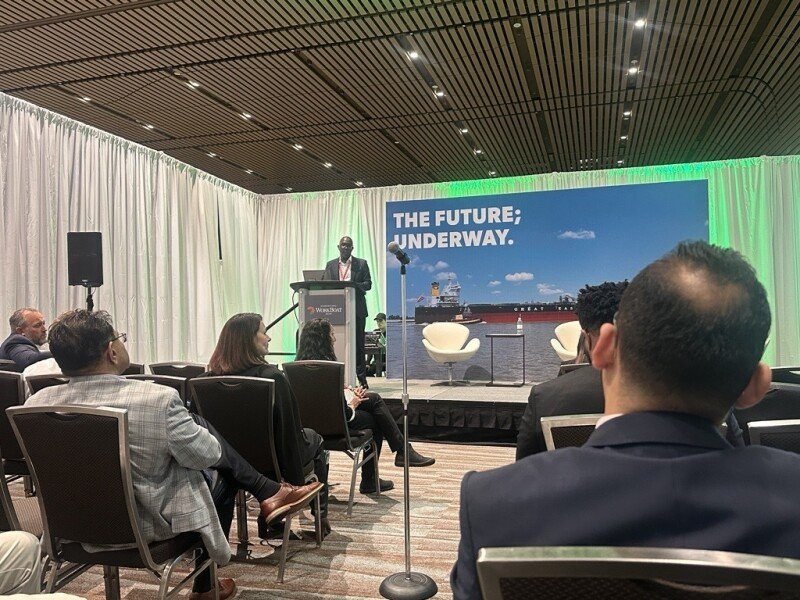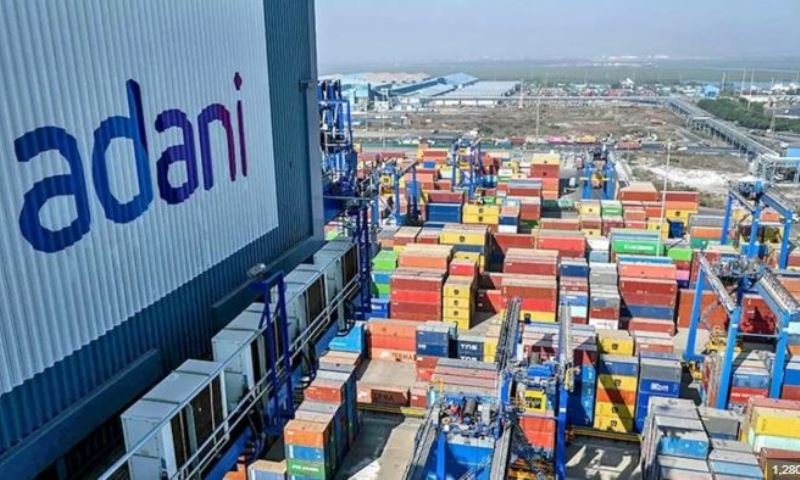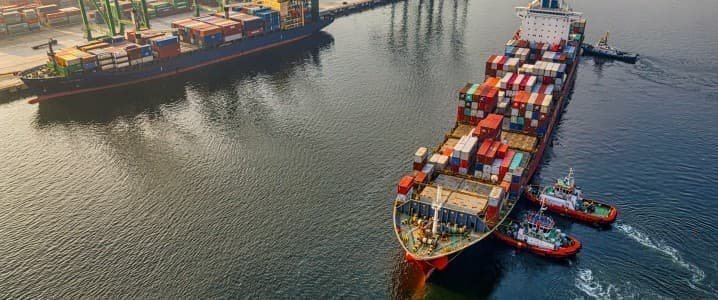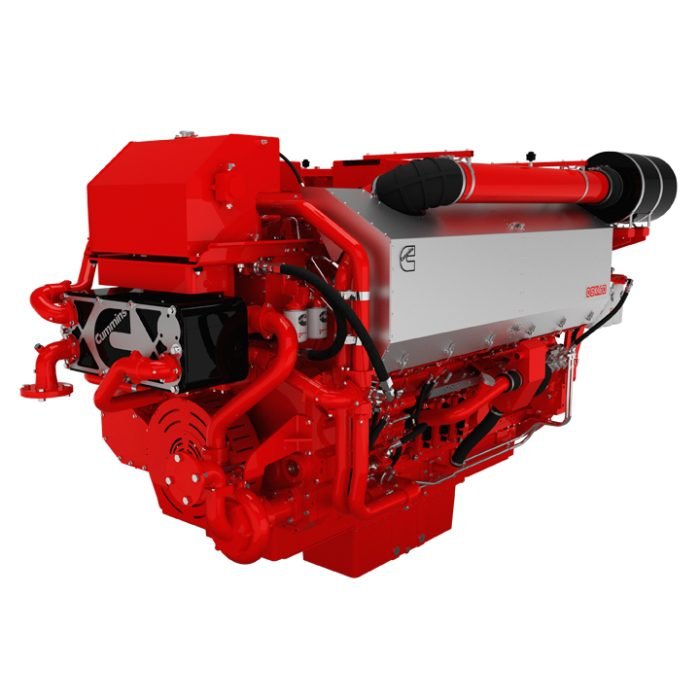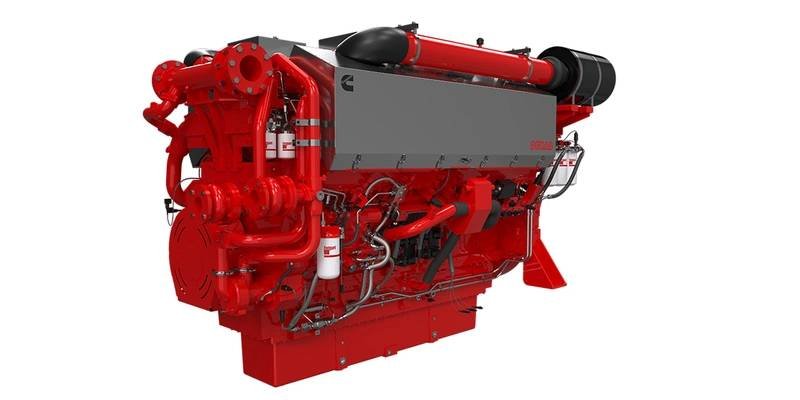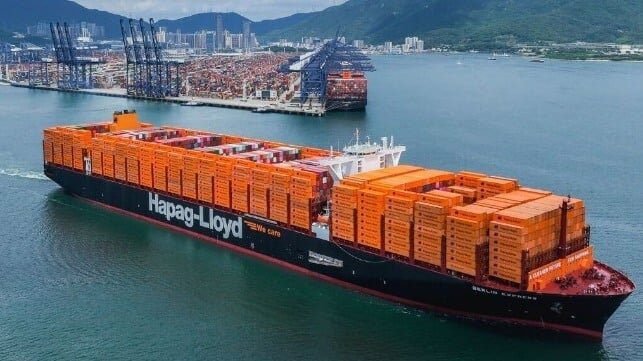At the recent International WorkBoat Show, Cummins, a leading engine manufacturer, presented its ambitious “Destination Zero” strategy for achieving net-zero emissions in the marine and industrial sectors. The company’s vice president, Gbile Adewunmi, emphasized the importance of starting the journey towards zero emissions now, despite the challenges. Cummins plans to leverage its expertise and partnerships to address emissions through four key pillars: reducing emissions, minimizing environmental impact, promoting scalability, and aiming for net-zero emissions by 2050.
Central to Cummins’ strategy are bridge solutions that facilitate the transition to low-carbon alternatives. Technologies like the HELM platform, which allows for the use of multiple fuel types in the same engine, showcase the company’s commitment to making the shift to zero emissions more accessible for customers. Cummins envisions a three-stage journey to net zero emissions, starting with exploration and testing, followed by acceleration as renewable energy infrastructure grows, and culminating in full deployment by 2050.
While Cummins is optimistic about the future of zero emissions in the marine industry, challenges remain in terms of regulations and infrastructure. Adewunmi highlighted the need for public-private partnerships and aligned policies to overcome regional disparities in regulations and the lack of infrastructure for alternative fuels like hydrogen. Despite these obstacles, Cummins continues to invest in research and development to deliver practical solutions for its customers, positioning itself as a key player in the industry’s transition to zero emissions.


